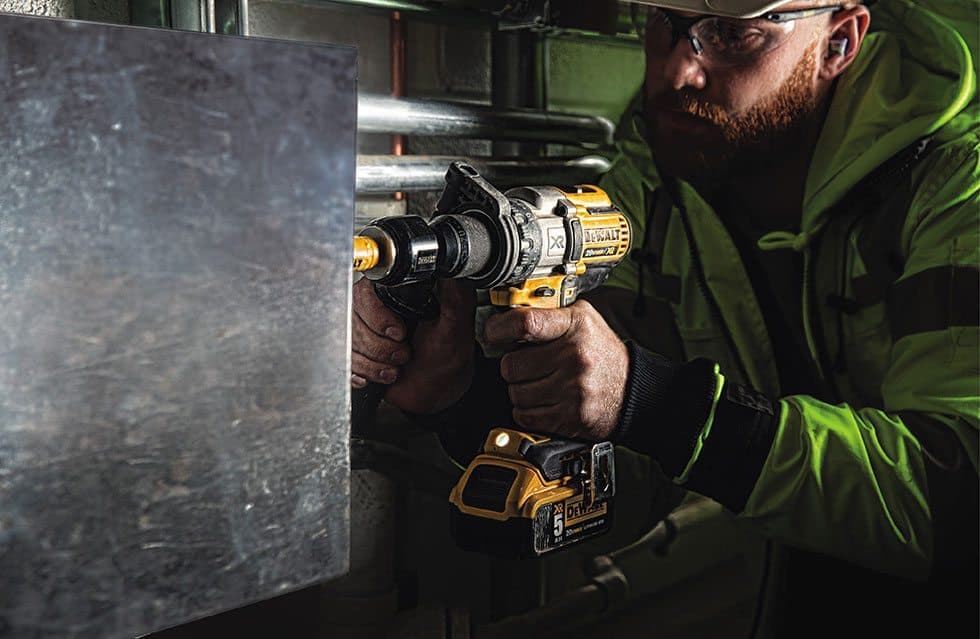
By this point in the winter, you already know how to keep yourselves and your homes safe, warm, and in working order as blizzards and ice storms dump frozen precipitation relentlessly.
However, there may be one aspect of your family’s security that you haven’t considered — keeping your pets safe inclement weather.
Being the pet lovers we are, we’re going to share a few tips on how to make sure Fido and Fluffy are just as warm, safe, and secure as you are for the rest of this season — which hopefully won’t be too much longer.
If at all possible, keep your pets indoors
The temperatures can affect their health just like it can yours, but outdoors, dogs and cats can easily freeze, become lost, injured or killed. If you must keep an animal outside (though we strongly believe that pets should live indoors as much as possible year-round) know that outdoor pets must have access to warm, dry shelter that provides protection from snow, ice, rain and wind. Also, pets must have access to unfrozen water — because while it can take weeks for animals to starve, it can take just mere hours for one to lose the battle with dehydration.
Use a leash outside
If you have to take them outside, know that ice, snow, and slush can actually freak out your four-legged friend, causing them to panic. So it’s best to keep your dog (or cat) on a leash and to keep a very careful eye on them. If they get loose, they can lose their scent and easily run off, becoming lost. And just so you know, more dogs are lost during the winter than during any other season — and it’s the worst season to be lost in.
Watch for ice
As for being in the great white outdoors, ice can cause animals, especially dogs, to fall and injure themselves — and you don’t want to have to take your beloved fur ball to the emergency vet in a blizzard. So be very cautious while you brave those evening walks.
Clean the paws
Also, after returning indoors, make sure to wipe the paws of your pets thoroughly — even between their toes. Pets can ingest salt, antifreeze and other potentially dangerous chemicals while licking paws and fur, and if you don’t get all the ice it can become impacted between their toes, causing infection.
Give your hood a tap
Lastly, if you live in an area with stray cats and have open-air parking, be aware that cats often climb up into the hood of vehicles for shelter. So please, before you start your car and potentially end an animal’s life, bang on the hood of your car a couple of times to give the cat a chance to escape. This horrific event actually happened to a family member of ours years ago and believe us, it’s traumatic.
Micro-chip
And no matter the time of year, never leave your pet unattended in a vehicle, make sure they are always wearing identification or are micro-chipped, and never hesitate to call your local animal shelter or humane society to report potential abuse or neglect.
How do you make the winter months bearable for your four-legged buddies? Let us know in the comments below, and don’t be shy to show us your pets in the snow!
Photo courtesy of our friends Kari & Nate Hutson and their dog Satchel.


No Comments